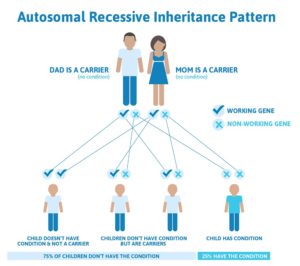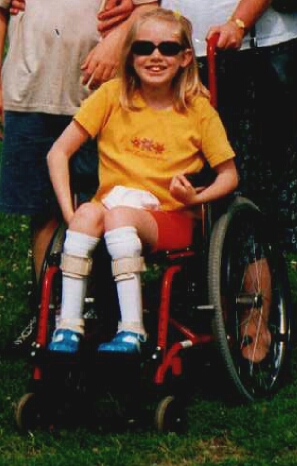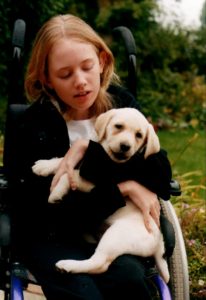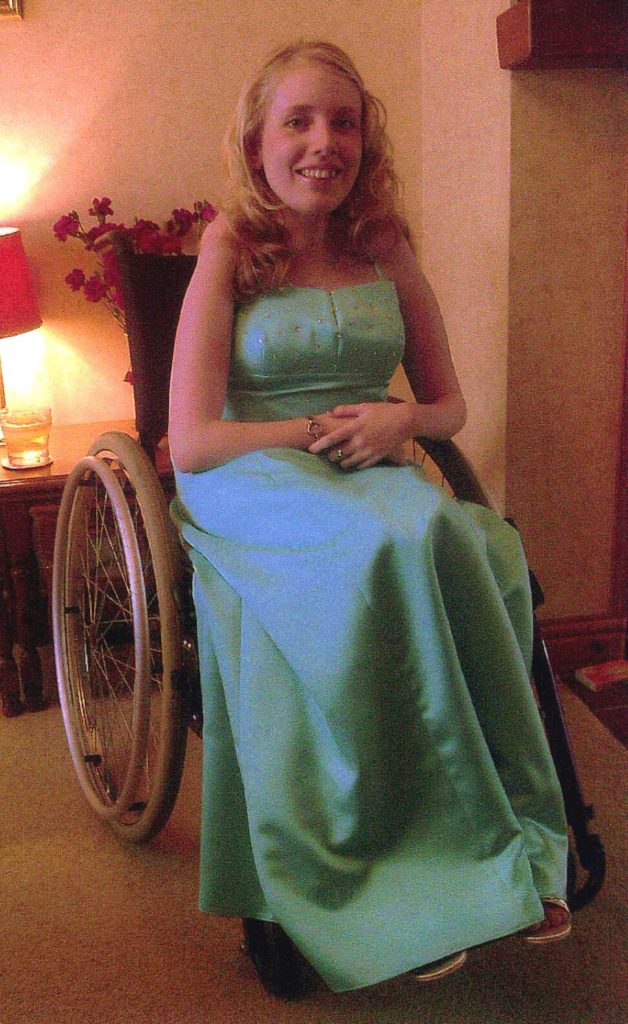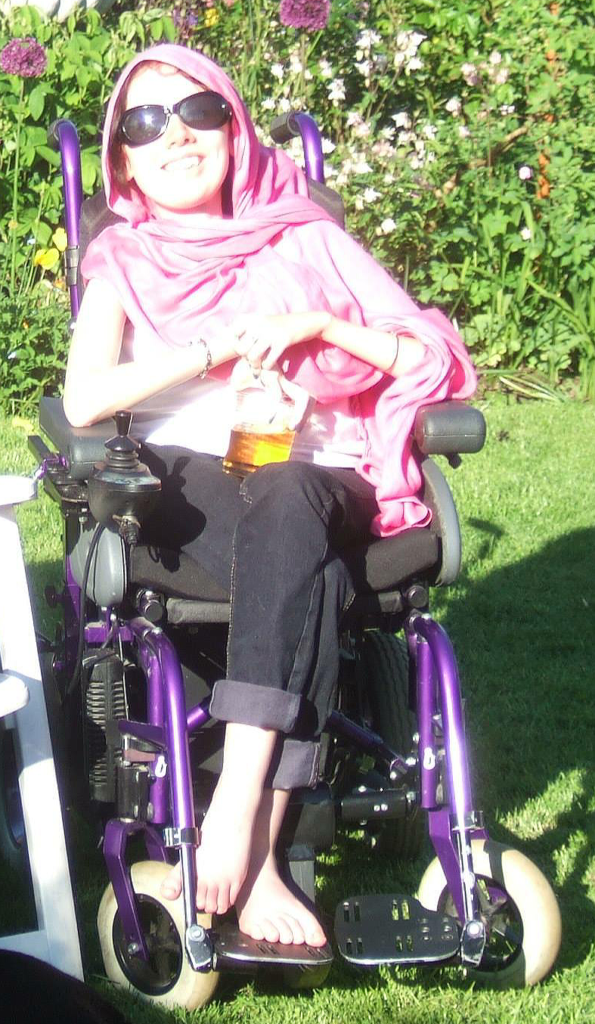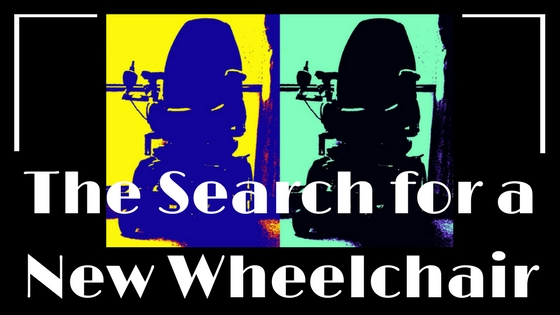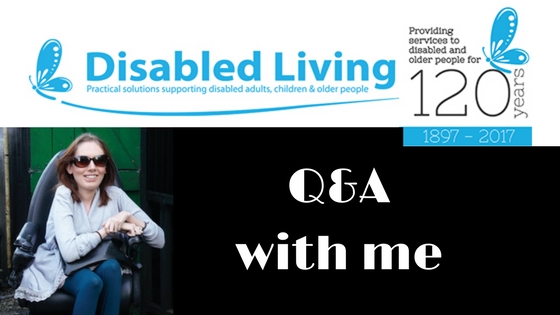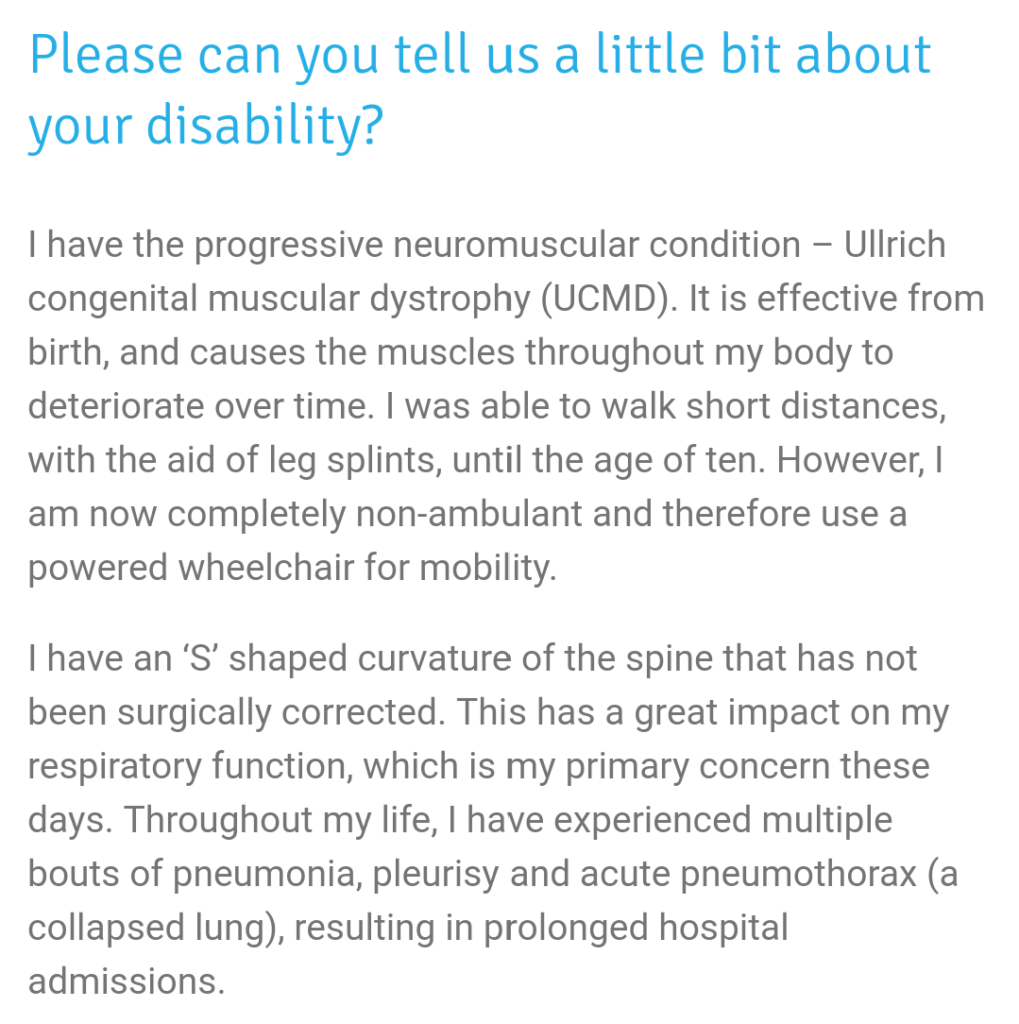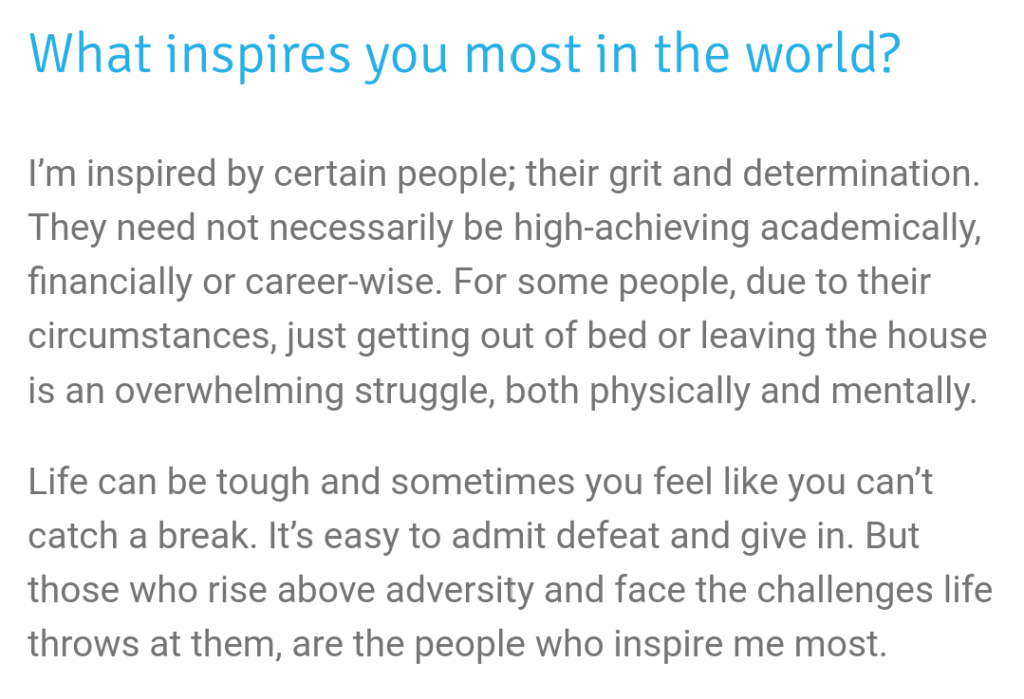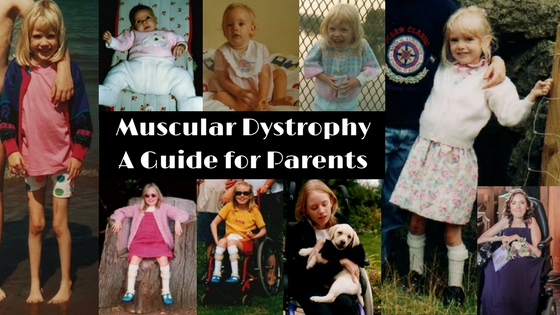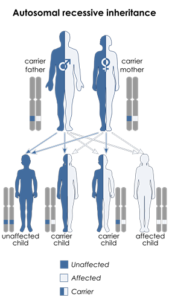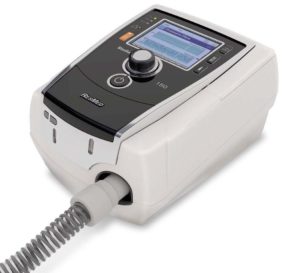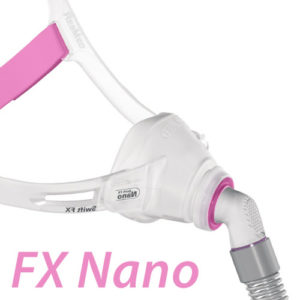36-year-old Scott Watkin, an eye care and vision development officer with the charity SeeAbility, is one of this years deserving recipients of the British Empire Medal.
Scott, who has learning disabilities and the eye condition keratoconus, is recognised for his tireless work in the learning disability community.
A dedicated ambassador, Scott began his career co-chairing the learning disability partnership board on the Isle of Wight. This led onto an influential role as co-national director for learning disabilities within the Department of Health. He also lectures at the University of Hertfordshire, focusing on eye care, vision and equal rights. However, he notes his work with SeeAbility as a major milestone.
1. Scott, could you please tell Disability Horizons readers a little about yourself and your disability?
I was born with Williams syndrome which is a learning disability. Apparently I am one in ten thousand! Some of my muscles can be quite weak and my coordination can be not great at times.
I went to a special school and teachers never really paid attention to me, and it meant I didn’t really get the grades I wanted to get. I was bullied too which made learning very hard.
It also means I am more likely to have vision problems and actually I was diagnosed with keratoconus which I’ve had two corneal graftoperations on. I have quite a difficult daily routine involving eye drops and contact lenses.
2. How does your learning disability and eye condition affect you, and how have you found working with a disability?
My learning disability only shows when I’m nervous or worried about something, otherwise I’m a very confident person. I just need a bit of support to do my job and I’ve been really lucky to be supported well at SeeAbility.
My vision varies, some days it’s ok some days really poor. But I’m always ready to work!
3. What adjustments have you and/or your employer had to make in order for you to do your job effectively?
If I don’t know a journey, my manager will meet me in London and we will continue the journey together. I know my way from the IOW to London very well having made the trip many times.
If my vision is really poor, we put all my information on yellow paper in Arial 16pt font. This helps me to read it better.
When I first started working, I had lots of support to make steps in my job. But for me it’s just being able to talk to someone when I need to, and that’s the case at SeeAbility. If I don’t need that then I just get on with my job and carry on!
4. How and why did you get involved with the charity SeeAbility?
I first met Paula Spinks-Chamberlain (Director of External Affairs) at the Department of Health. SeeAbility supported me through my keratoconus and then I did some work as an ambassador. After that I was offered a job!
5. Could you please explain the role you play within SeeAbility?
I’m an eye care and vision development officer and I make sure people with learning disabilities get good eye care. I travel around the country giving training sessions to people with learning disabilities and carers. I need to make sure we lobby government to make sure they understand that eye care for people with learning disabilities is really important.
People with learning disabilities are much more likely to have sight problems than other people. Not only that, but they are the least likely to get the eye care they need. We are working so that eye care professionals make reasonable adjustments but what we really need is a national eye care pathway so that everyone with a disability can access a sight test.
6. You are also on the board of Learning Disability England. What are your aims and objectives in this capacity?
I try and make sure people with a learning disability have a voice. People with learning disabilities need the same access to services as everybody else.
It’s about setting the direction of learning disabilities in England. Lobbying government and challenging the social care cuts. I need to make sure we do what we say we are going to do.
7. Why is it so important to you to campaign for people with learning disabilities?
Firstly, people with learning disabilities are much more likely to have sight problems than other people. Not only that, but they are the least likely to get the eye care they need. We are working so that eye care professionals make reasonable adjustments but what we really need is a national eye care pathway so that everyone with a disability can access a sight test.
Secondly, people with learning disabilities deserve to have their voice heard. We deserve the same opportunities as everyone else as we have so much to offer. We just need the chances to shine.
8. What do you think are the main issues that require attention and improvement?
We need to stop the social care cuts and get a good eye care pathway down for people with learning disabilities so they can get the right eye care!
We need good annual health checks.
And to make sure the government take people with learning disabilities seriously and listen to what they want. For example, most people with learning disabilities want to work, and we just need employers to give us chance so we can achieve what others can have a good life.
9. Congratulations on being awarded a British Empire Medal in the New Year 2018 Honours list. How does it make you feel to be recognised for your achievements?
I never thought I’d be recognised in this way, it’s a real big honour. I’m glad my work is being recognised nationally because it’s really important. It sends a message to all the eye care professionals that I work with, they need to know how important eye care for people with disabilities is.
10. Finally, what tips would you offer anyone like yourself with a similar disability, who is seeking employment?
Don’t stop trying to find employment. Don’t be afraid to say you have a learning disability and it’s ok to ask for reasonable adjustments. You will have so many positives to bring to any role and don’t forget that, you are actually very reliable, more than other people!
I’d like to thank Scott Watkin for taking the time to speak with me.
My interview with Scott was originally published by Disability Horizons
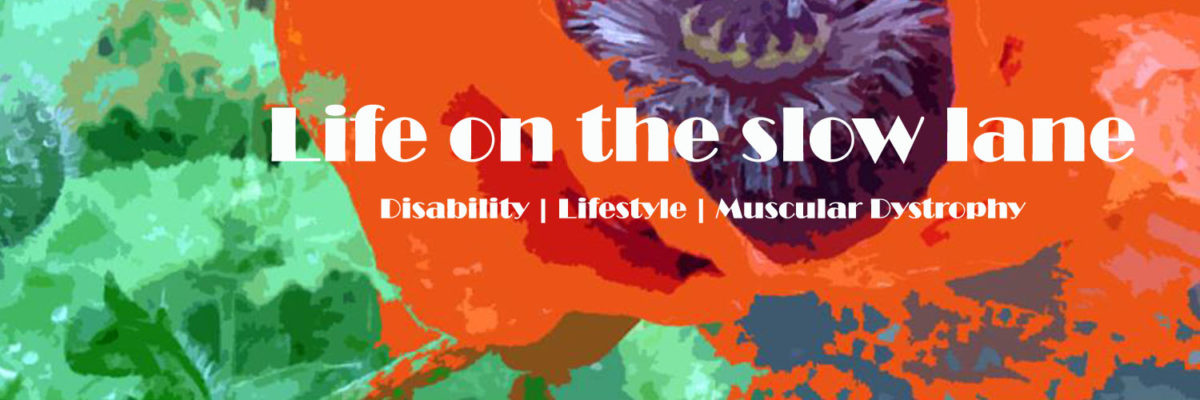
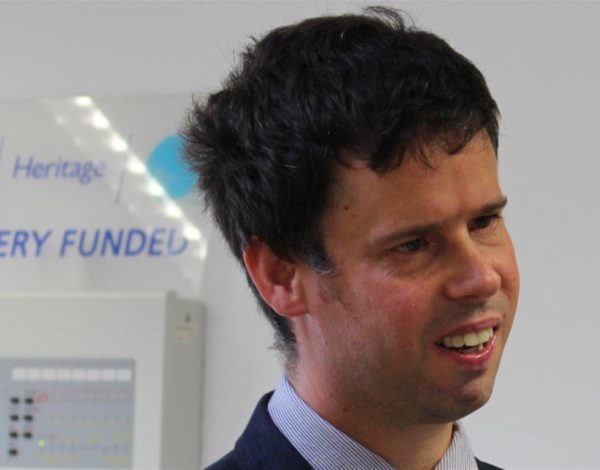
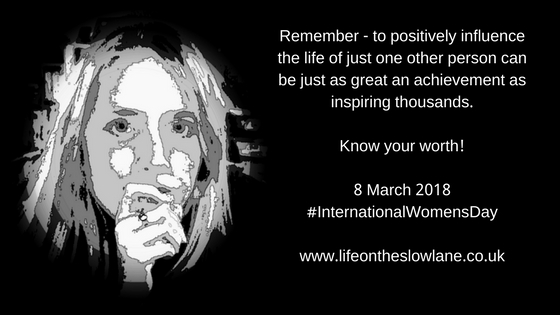
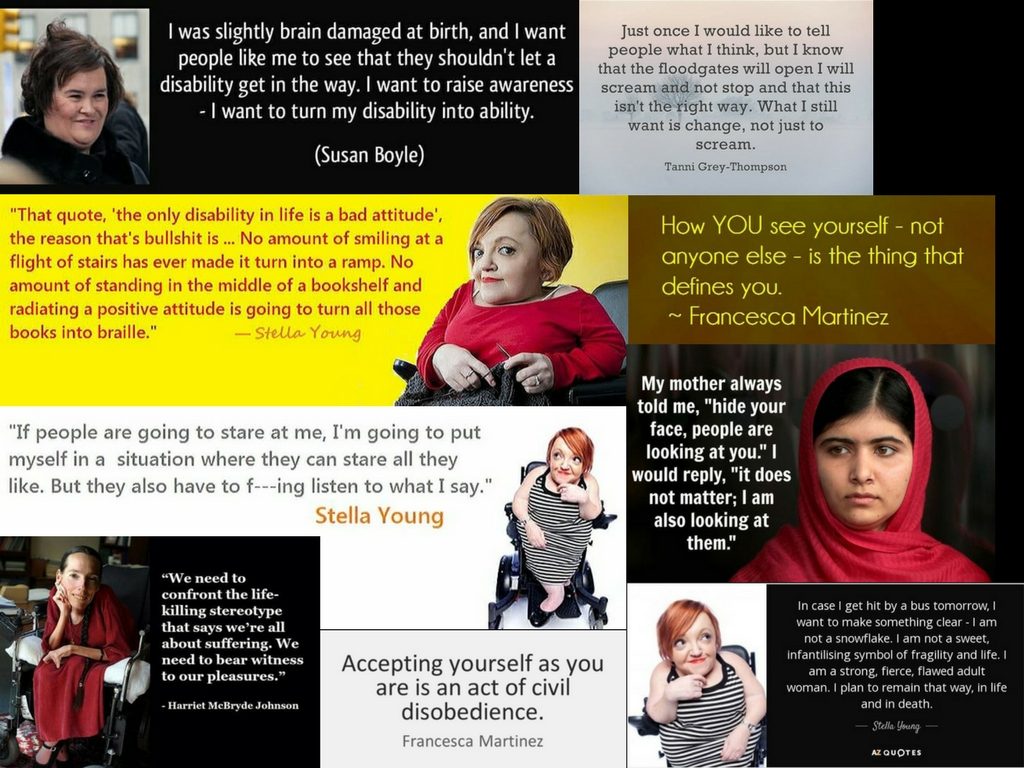
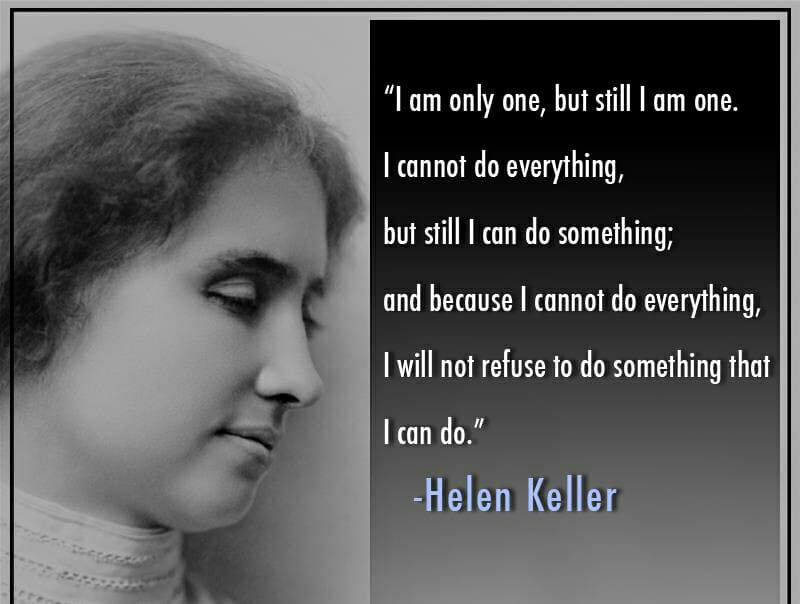

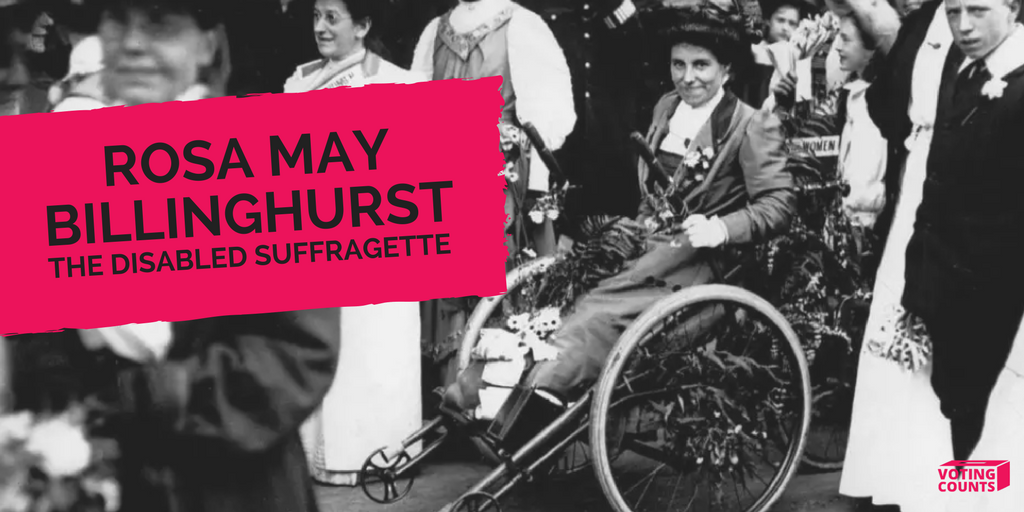





 Thus far, I have looked at various wheelchairs online and test drove the Quickie Salsa M2 Mini and the Quickie Jive M (both by Sunrise Medical). Sadly, neither of these chairs met my requirements.
Thus far, I have looked at various wheelchairs online and test drove the Quickie Salsa M2 Mini and the Quickie Jive M (both by Sunrise Medical). Sadly, neither of these chairs met my requirements.
